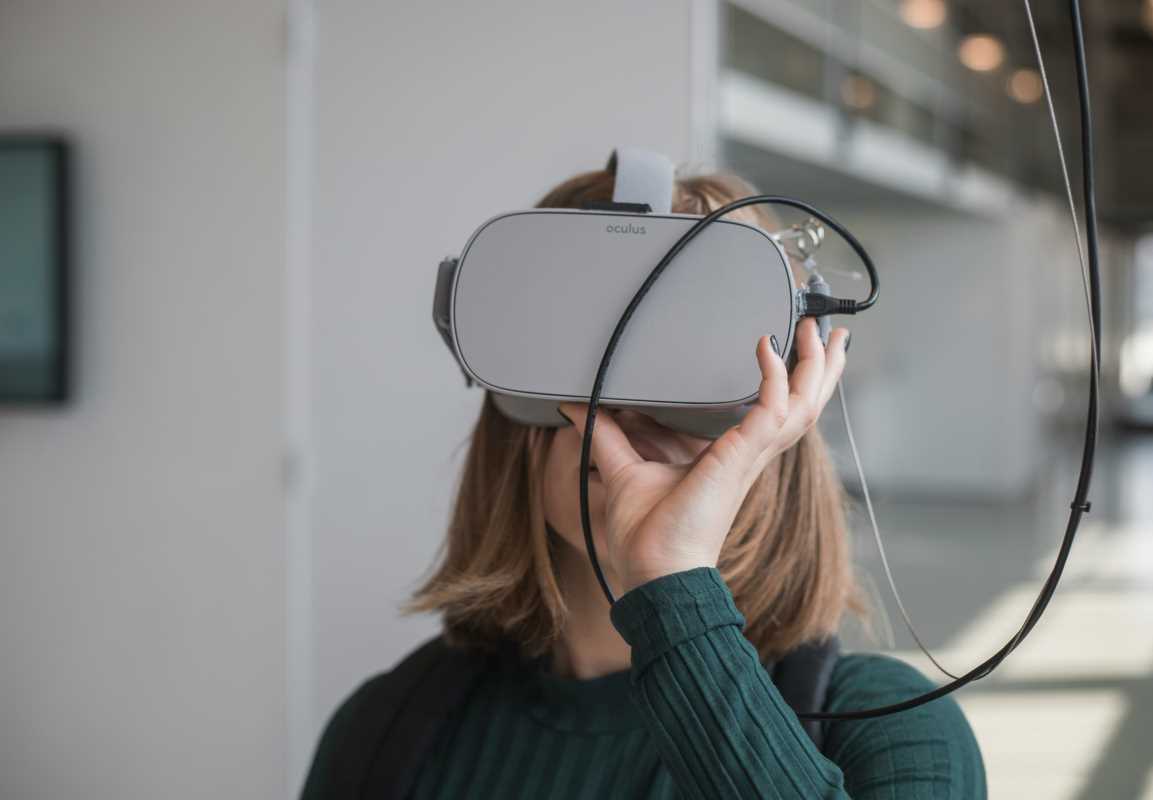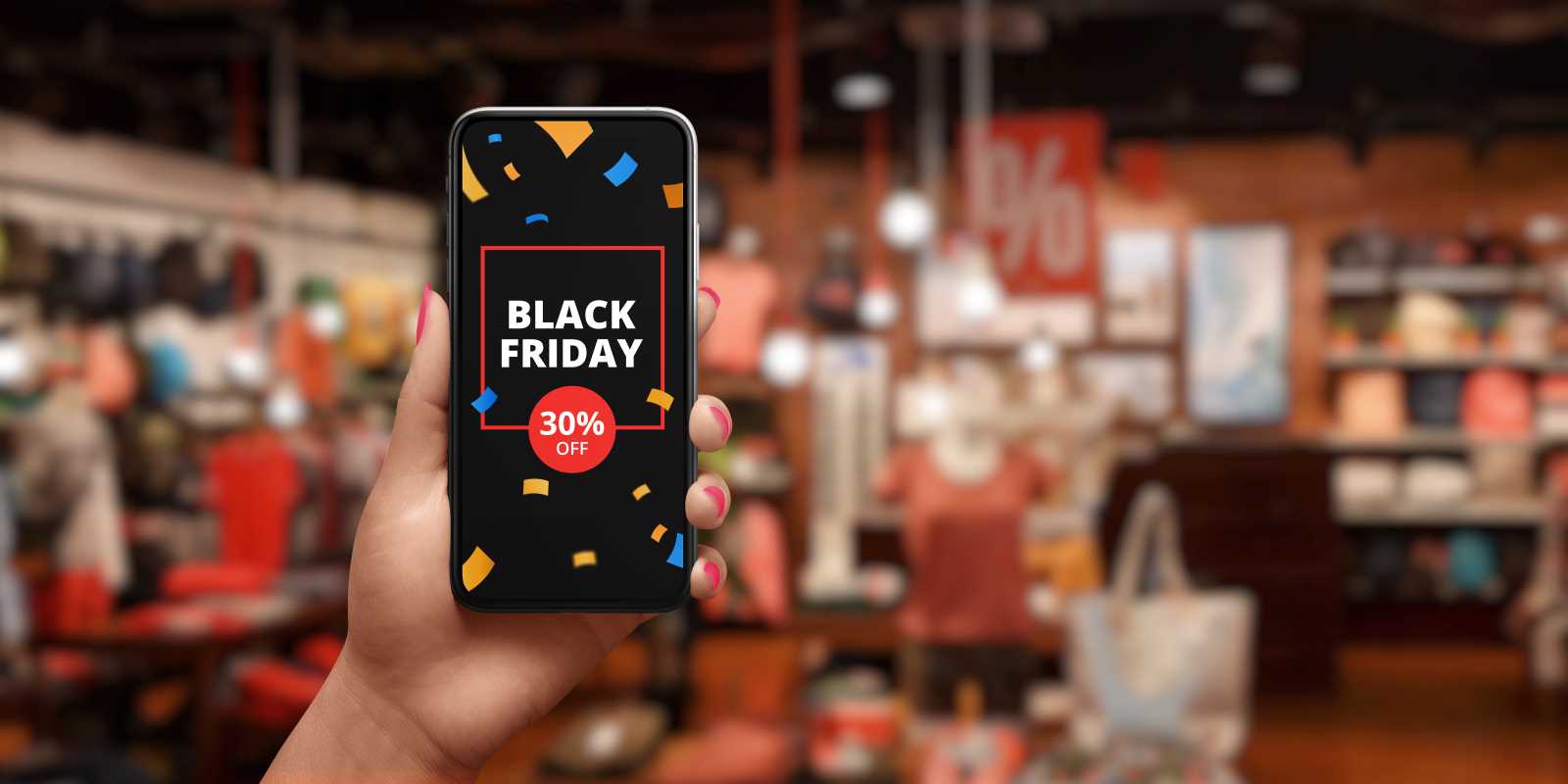Online shopping has brought incredible convenience to our fingertips, but it often lacks the tangible, sensory experience of walking into a physical store. The next frontier of e-commerce is here to change that, bridging the gap between the digital and physical worlds. Immersive commerce, powered by virtual reality (VR), is transforming the way we browse, try, and buy products. Imagine stepping into a custom-designed virtual showroom, interacting with a 3D model of a product, or getting personalized advice from an AI shopping assistant, all from your living room. VR is creating a more engaging, personalized, and confident shopping experience that promises to revolutionize how we find the best deals and products.
Step Inside the Virtual Showroom
One of the most exciting applications of VR in commerce is the virtual showroom. These digitally rendered spaces allow you to explore products in a contextually rich environment that a standard webpage could never replicate. Instead of scrolling through flat images of furniture, you can put on a VR headset and walk through a fully furnished virtual living room. This allows you to see how a sofa looks next to a coffee table, judge its scale in a realistic setting, and even change the fabric color with the flick of a wrist.
Automotive brands are leading the charge in this area. Companies like Audi and BMW have developed VR experiences that let customers configure their dream car in stunning detail. You can walk around the vehicle, open the doors, sit in the driver’s seat, and swap out interior finishes and exterior colors in real-time. This provides a "try before you buy" experience that is far more powerful and informative than browsing a photo gallery.
The concept extends to nearly every retail sector. A home improvement store could let you design your dream kitchen, placing virtual appliances and testing different cabinet finishes. A travel agency could transport you to a virtual hotel room or a beach resort, giving you a genuine feel for the destination before you book. These showrooms solve a major pain point of online shopping: the inability to visualize how a product will fit into your life and space.
Interactive Product Demonstrations That Wow
VR commerce moves beyond passive viewing to enable true interaction. The technology allows you to pick up, inspect, and test products in a 3D space, providing a level of detail and understanding that was previously only possible in person. This is particularly transformative for products with complex features or mechanical functions.
Imagine you are shopping for a new high-end coffee machine. In a VR store, you could pick up the virtual machine, open its compartments, see how the water reservoir fits, and even go through the motions of brewing a cup of coffee. The experience could include interactive tutorials that guide you through its features, highlighting key selling points in an engaging, hands-on manner. This is far more compelling than reading a user manual or watching a video.
This interactivity is also a game-changer for the fashion and apparel industry. While augmented reality (AR) has made virtual try-on on a phone screen possible, VR takes it a step further. You could have a realistic avatar of yourself and try on different outfits in a virtual dressing room. You would be able to see how the fabric moves and drapes from all angles, something a static image can't convey. This helps you make more confident purchasing decisions, which leads to fewer returns—a win for both you and the retailer.
The Rise of the Personalized AI Shopping Assistant
Navigating a large store, whether physical or digital, can be overwhelming. VR shopping experiences are integrating intelligent AI assistants to provide personalized guidance and support. These virtual concierges can make your shopping journey more efficient and enjoyable. Your AI assistant could greet you as you enter a virtual store, ask about your needs and preferences, and then guide you to relevant products.
This goes beyond a simple chatbot. An AI assistant in VR could analyze your past purchases and browsing history to offer tailored recommendations. For instance, if you enter a virtual outdoor gear store, the assistant might say, "I see you previously bought hiking boots rated for cold weather. Are you looking for a new winter jacket to go with them? Here are three top-rated options that are currently on sale."
These assistants can also provide valuable product information on the spot. You could ask, "Is this tent waterproof?" and the AI could instantly bring up technical specifications, customer reviews, and even show you a simulation of the tent in a rainstorm. This combination of personalization and instant information creates a highly efficient and supportive shopping environment that mimics the best aspects of a knowledgeable in-person sales associate.
Exclusive Access to Virtual Events and Social Shopping
Immersive commerce is also creating new social dimensions for shopping. Brands can host exclusive virtual events, like product launches or fashion shows, that allow customers from all over the world to attend from their homes. You could have a front-row seat at a virtual runway show, able to see the new collection in 3D and even purchase items directly from the virtual catwalk.
These platforms also enable social shopping experiences with friends. You and a friend, represented by avatars, could meet up in a virtual mall, browse stores together, and give each other feedback on potential purchases, no matter where you are in the world. This brings the fun and social connection of a real-life shopping trip into the digital realm. This social component makes shopping less of a transaction and more of an enjoyable, shared activity.
How to Get Started with VR Shopping
Exploring the world of immersive commerce is becoming easier and more affordable. The first step is acquiring a VR headset. The market is now populated with several great options at different price points.
- Meta Quest 3: This is currently one of the most popular and accessible all-in-one headsets. It doesn't require a powerful PC and offers a great library of apps and experiences, including a growing number of shopping platforms.
- PlayStation VR2: For those who already own a PlayStation 5, this is an excellent and powerful option with a strong focus on high-fidelity visuals.
- High-End PC VR (e.g., Valve Index): For the best possible graphical quality, PC-powered headsets are the way to go, though they come at a higher cost and require a gaming-capable computer.
Once you have a headset, you can start exploring VR commerce apps and platforms. Many are available through the headset’s native app store. Look for apps from major brands like Amazon, Walmart, and IKEA, which are increasingly experimenting in this space. Keep an eye on dedicated VR commerce platforms that aggregate multiple brands into a single virtual mall experience. As this technology continues to develop, we can expect to see more retailers launch their own immersive stores, offering unique deals and exclusive products to virtual shoppers. The future of deal-hunting might just be waiting for you in a virtual world.
 (Image via
(Image via
.jpg)




